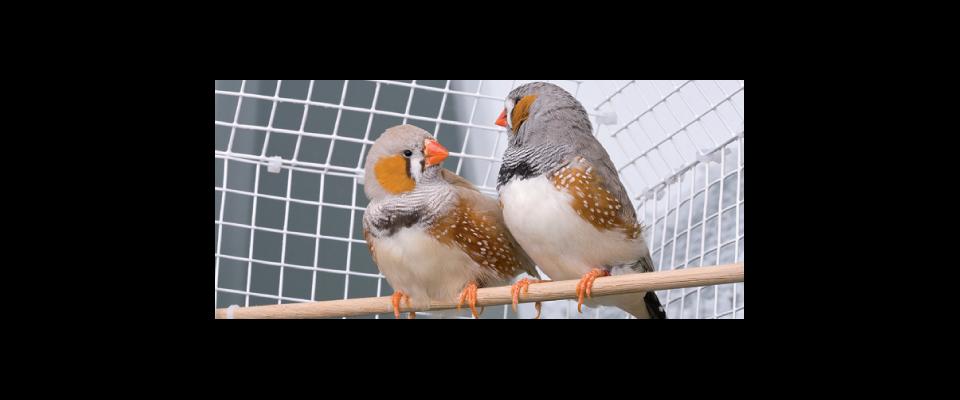A Berkeley researcher investigates fidelity among birds.
Two chinstrap penguins in New York’s Central Park Zoo, named Roy and Silo, made the news in 2004 when they got together. Carlos and Fernando, a pair of flamingos, made their media circuit in 2007 when they coupled up at Wildfowl & Wetlands Trust in Slimbridge, Gloucestershire. These avian couples attracted paparazzi for being in documented same-sex relationships. Such couplings have also been found in California gulls and Laysan albatrosses, leading researchers to conclude that the relationship may be more common than we think.
Avian species tend to be monogamous, which may explain why same-sex pairings are found more often among birds—the individuals are driven to find a lifelong mate regardless of that partner’s gender, explains Julie Elie, a postdoctoral fellow at Berkeley’s Theunissen Lab. Although homosexual behavior has been widely reported in the animal kingdom, there is little research that fully describes the social aspects of these relationships among birds. Such interactions are the focus of her recently published study, based on work she conducted in France on the zebra finch Taeniopygia guttata. She had originally intended to study how finches’ relationships relate to their calls, but soon found that some of the zebra finch males began to groom each other and even build nests together.
Intrigued, Elie decided to investigate further. She induced a small group of males to pair up by isolating them from females. The male couples behaved much as heterosexual bird mates would, preening and singing to each other, building nests, and even sexually mounting each other. And these ties remained strong; she was surprised to find that the males interacted and in some cases mated with the females she later introduced to the group, but most returned to their original mate and resumed their previous behavior. “The history they had before really influenced what they could have afterward,” Elie says.
Despite their inability to reproduce, the male zebra finches, when paired up, may be better able to defend resources and escape predators than they could alone, Elie speculates. That survival advantage may explain why finding any partner, regardless of sex, is a priority. In other words, zebra finches of the same feather—be it male or female—have a genuine need to flock together.




















